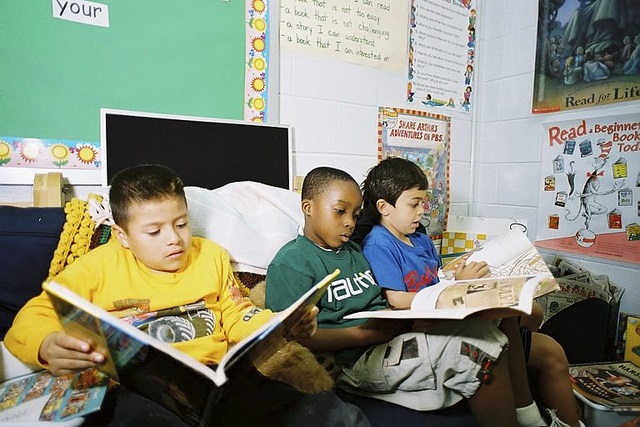
The latest post in our Equity in Education series focuses on the achievement gap. National achievement data show that our public education systems work well for students with means. And not so well for disadvantaged students. Racial achievement gaps are found in the National Assessment of Education Progress (NAEP), also








